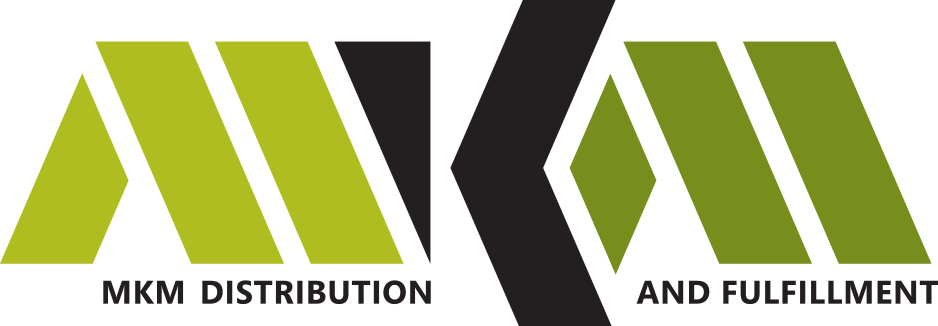Maximizing Volume Flexibility and Responsiveness
When you’re trying to create a lean environment where product is available only in the quantities it’s required, you take the risk of running out of product or having too much product on the shelves. That’s why it’s important to work with a distributor who has flexibility and responsiveness when it comes to stocking your product. This is easier said than done. Enormous warehouses can turn into hoarding zones full of bulk pallets and untrained workers. Product gets lost, forgotten, or damaged. Instead, you need a distribution center that knows, in detail, where product is and how much they have, at all times.
Here are some qualities necessary to achieve that kind of flexibility and accuracy.
Staffing
Even when working with automated, robotic equipment, the human element is still vital when it comes to accuracy in picking and stocking. A computer screen might tell you how much product is at a location, but, after years of picking, these locations can become inaccurate—likely due to untrained staffing. That’s why you need capable, willing staff to pay attention to cycle-counts and quality control. That’s why you need pickers that care about making accurate picks and fixing their errors in the computer system when they occur.
Storage
A flexible distributor is one who knows how to carry only the product necessary for their client. Inefficient warehouses might have tons of product, but how accessible is it? Has it been inducted into the system? Are the numbers accurate? Storage shouldn’t be synonymous with lots of space. Instead, space should be used smartly and efficiently. Picking should happen with ease. That’s why efficient warehouses employ pick-front…
Pick-front
Rather than reverting to overstock locations or ordering in bulk, pick-front allows you to only carry the product that will be actively picked the moment it’s entered into the system. What this does: saves you space and shelf-time. That way you don’t have to worry about product getting damaged or expiring—depending on the product. Instead, the product goes straight from the truck into the picking location.
Real-time Inventory
With pick-front, it’s vital that a good distributor employs real-time inventory updates. The use of a radio frequency scanner—also known as an RF gun—allows individual employees to track product in real time. At any given point, you can know where the product is, how much there is, and when, exactly, as it gets picked or relocated. And, again, that’s why you need well-trained, motivated staff that knows how to use their RF scanners correctly.
Volume flexibility and responsiveness keeps errors low. Keeping your product moving, which, in turn, reduces its overall cost. When businesses choose a distributor, they want one who can reduce shelf-life and travel time. And by maintaining a lean volume index, you get clients the product they need at the lowest cost to you.

